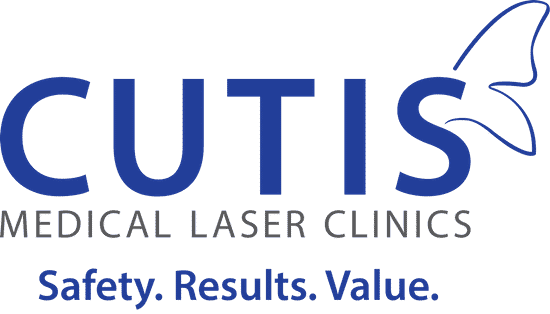While diastasis recti abdominis (DRA) is a relatively common condition, it is often overlooked. This refers to the partial separation of the abdominal muscles, resulting in a gap in the center of the stomach. It mainly affects women during and following pregnancy, but it can happen to anyone, including men and newborn babies.
This partial separation of the abdominal muscles can show up as a round or protruding belly pooch in the center of the abdomen. When this occurs after pregnancy, DRA can cause the tummy to still look pregnant after the delivery. This pooch or bulge may also become more noticeable when the abdominal muscles are contracted or engaged.
Why do abdominal muscles separate?
Increased or elevated inner-abdominal pressure is said to be the reason why diastasis recti happens. During pregnancy, DRA may develop as the connective tissues and abdominal muscles stretch to accommodate the growing uterus. You are more likely to have diastasis recti if you are expecting multiples or have a larger baby.
Diastasis recti can also be the result of obesity, as excess fat bulges put extra pressure on the abdominal muscles. This additional pressure can cause the muscles to separate, forming a bulge in the center. Other causes of abdominal separation or diastasis recti include:
- Sudden weight gain
- Incorrect lifting of heavy weights
- Performing unsafe or excessive ab exercises
- Genetics
What are the symptoms of DRA?
Apart from the bulge or pooch in the center of the stomach, those with diastasis recti may also experience the following symptoms:
- More noticeable bulge when muscles are contracted
- Weak abdominal muscles
- Poor posture
- Lower back pain
- Bloating
- Constipation
What can I do about diastasis recti?
Diastasis recti may be common, but this doesn’t mean that it is okay to ignore or accept it. DRA is still considered a muscle injury that needs medical care. Recommended exercises and physical therapy can help with DRA, as well aesthetic treatments that use High-Intensity Focused Electromagnetic Energy (HIFEM).
If you’re diagnosed with diastasis recti or think that you have it, be sure to talk to your health care provider for treatment options. A consultation with your doctor or a physical therapist will let you know about exercises that are right and safe for you. Strengthening exercises for the abdomen, back, and hips are usually recommended.
How can ZField Dual help?
ZField Dual can help with DRA, as it assists in core strengthening. It uses high frequency electromagnetic energy for inducing targeted contractions that can turn flabby areas into toned muscles. Research suggests that the use of HIFEM treatment offers reduction in DRA with muscle tone improvement and significant increase in fat cell death.
This CE-cleared body shaping device can help you burn fat and strengthen your core without intense workouts. ZField Dual does this by exposing the muscle fibers to electromagnetic energy or supramaximal contractions. It is designed to tighten and strengthen abdominal and gluteal muscles, but it can also treat the arms, thighs, lower back, and calves.
Here are some facts about ZField Dual:
- It can shape, define, and tone different areas of the body without sweat.
- The procedure is non-invasive and virtually painless.
- It can help you achieve your ideal body without the pain, discomfort, and downtime associated with surgical procedures.
- It can lift your buttocks non-invasively and help you achieve a six-pack.
- ZField Dual can be combined with other non-invasive procedures like fat freezing or Z Lipo to achieve your body goals.
Check out our previous blog to learn more about ZField Dual.
If you decide to take the ZField Dual route in improving your diastasis recti, be sure to talk to your doctor about this. You can also contact Cutis Laser Clinics in Singapore and schedule a consultation with our aesthetic doctor to learn more about ZField Dual and determine if it’s right for you.
- If you would like to be an informed patient, please contact us at +65-6801-4000 or
cutis@cutislaserclinics.com. - Cutis Medical Laser Clinics, 9 Scotts Road Pacific Plaza, Scotts Medical Center #08-07, Singapore – 228210
+65-6801-4000 - cutis@cutislaserclinics.com
